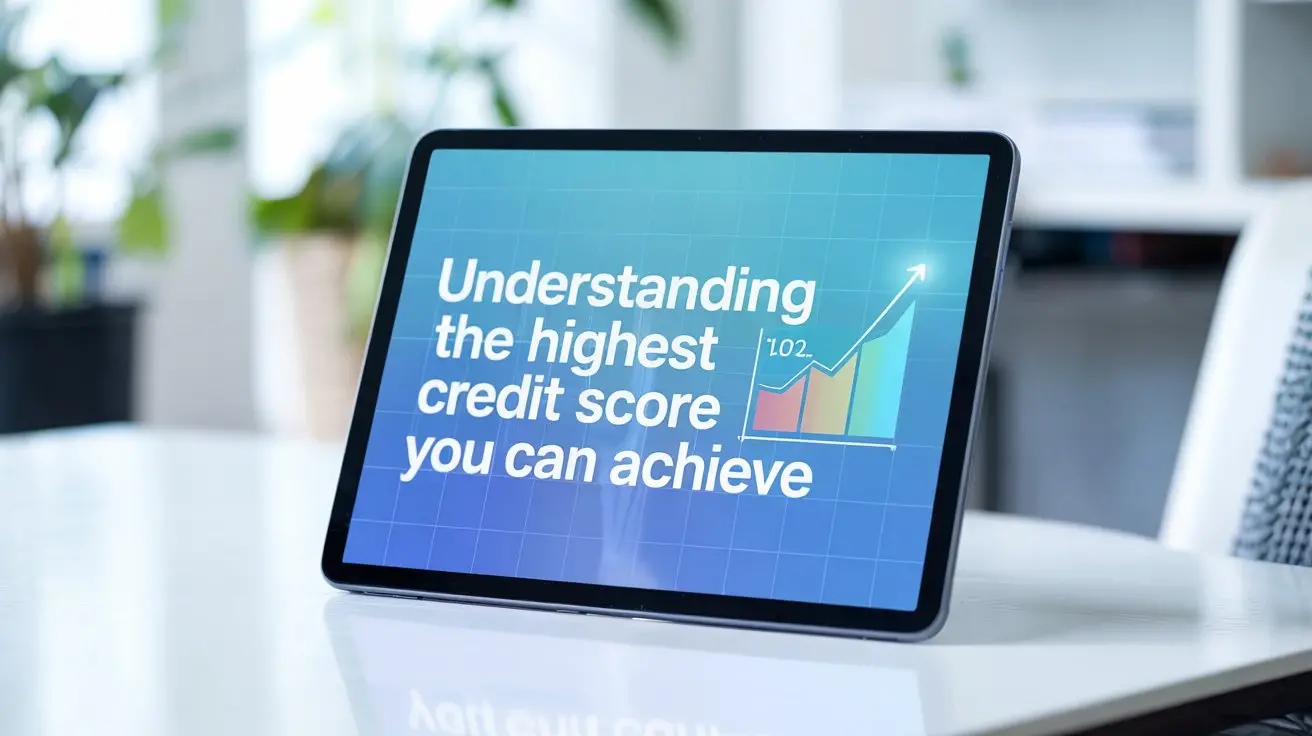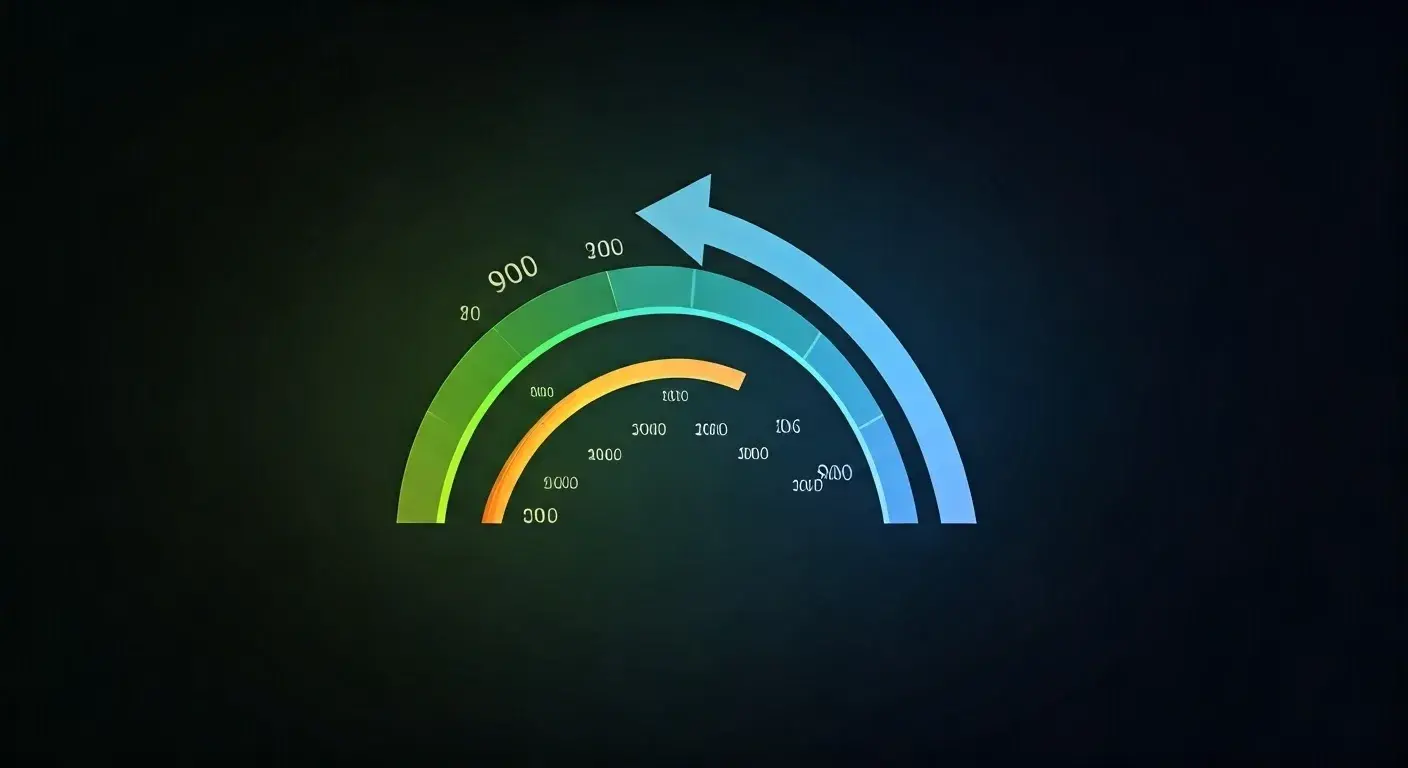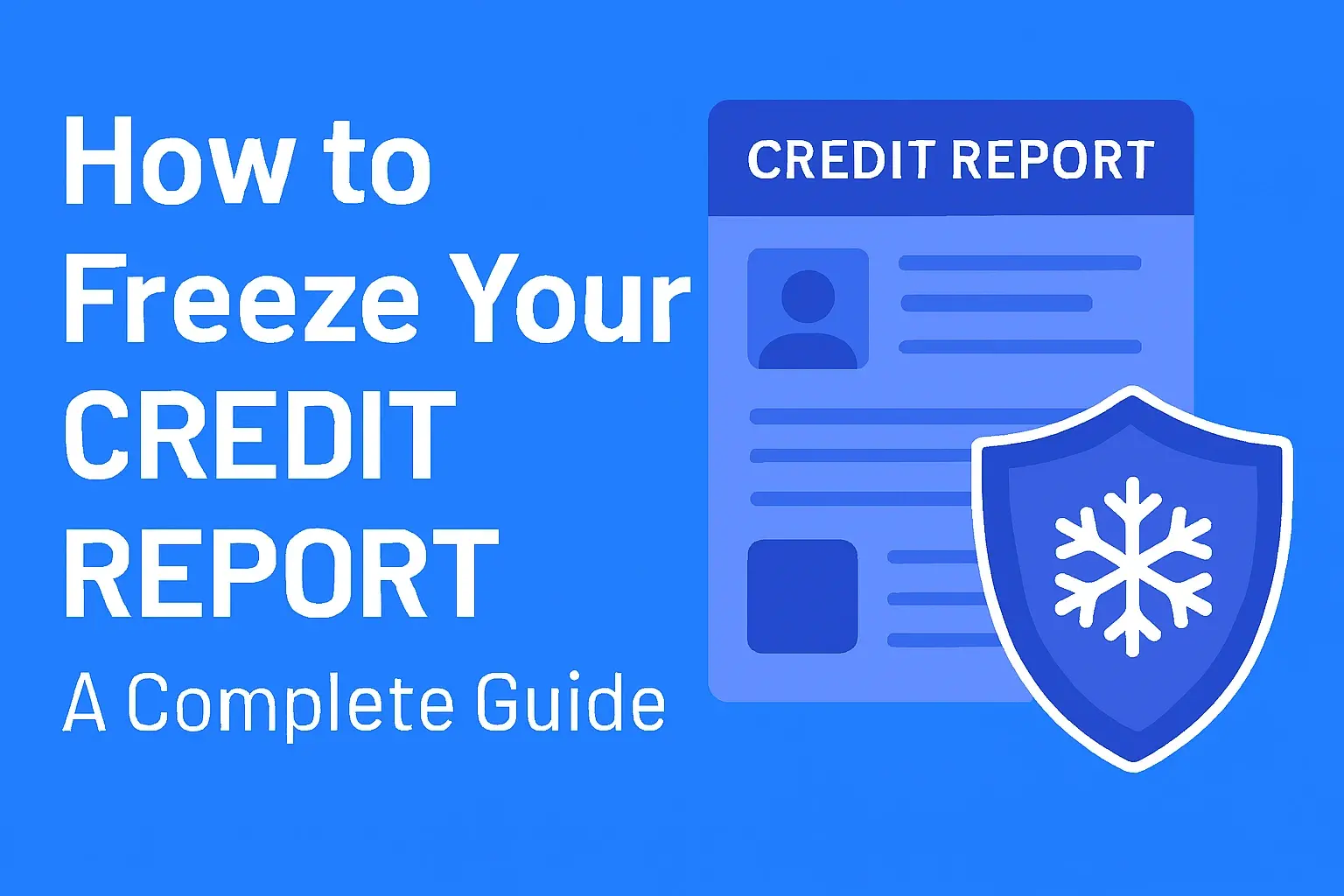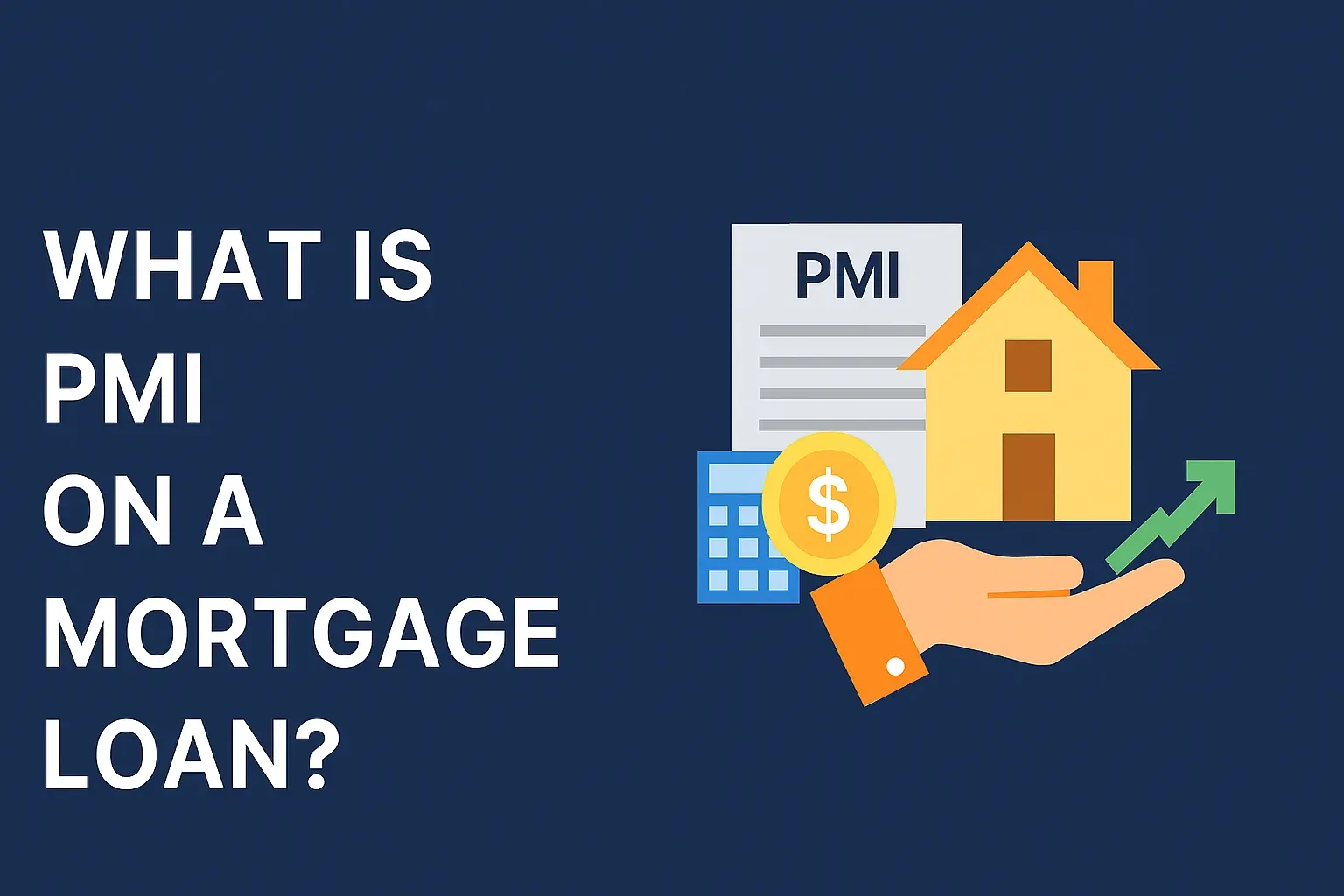-
Posted on: 26 Jul 2024

-
Achieving a 720 credit score in just six months is an ambitious but attainable goal. A 720 credit score places you firmly in the "good" credit range, opening doors to better interest rates on loans, credit cards, and even rental applications. While the journey requires dedication and a strategic approach, following the right steps can significantly improve your creditworthiness in a relatively short timeframe. This guide provides a detailed roadmap to help you reach your 720 credit score goal.
Understanding Your Starting Point: The Foundation for Improvement
Before embarking on your credit improvement journey, it's crucial to understand your current credit situation. This involves obtaining your credit reports and scores from all three major credit bureaus: Experian, Equifax, and TransUnion.
1. Obtain Your Credit Reports
You are entitled to a free credit report from each bureau annually through AnnualCreditReport.com. Requesting all three reports at once allows you to see a comprehensive picture of your credit history.
2. Review Your Credit Reports for Errors
Carefully examine each report for inaccuracies, such as incorrect personal information, accounts you don't recognize, or payment history errors. Disputing these errors is a crucial first step in improving your credit score.
3. Check Your Credit Scores
While free credit reports don't include your credit score, you can often obtain them for free from your credit card providers or through various online services like Credit Karma or Credit Sesame. Keep in mind that these services usually provide VantageScore, which is slightly different from the FICO score most lenders use. However, they are still helpful for tracking your progress.
Understanding the FICO Score Factors
The FICO score is the most widely used credit scoring model. Understanding the factors that influence your FICO score is essential for targeted improvement:
- Payment History (35%): This is the most important factor. Paying your bills on time, every time, is crucial.
- Amounts Owed (30%): This refers to your credit utilization ratio – the amount of credit you're using compared to your total available credit. Keeping your credit utilization low (ideally below 30%, and even lower is better) is key.
- Length of Credit History (15%): The longer you've had credit accounts, the better.
- Credit Mix (10%): Having a mix of credit accounts (e.g., credit cards, installment loans) can positively impact your score.
- New Credit (10%): Opening too many new accounts in a short period can negatively affect your score.
Step-by-Step Action Plan to a 720 Credit Score in 6 Months
Now that you understand your starting point and the factors that influence your credit score, let's outline a concrete action plan to reach your 720 goal within six months.
1. Dispute Errors on Your Credit Reports (Ongoing)
If you identified any errors on your credit reports, file disputes with each of the credit bureaus. You can do this online, by mail, or by phone. Provide clear and concise information about the error and include any supporting documentation you have. The credit bureaus are required to investigate your dispute and respond within 30 days.
Crafting Effective Dispute Letters
When disputing errors, be specific and provide evidence. For example, if you are disputing a late payment that you believe was reported in error, provide proof that you made the payment on time (e.g., bank statement, canceled check).
2. Pay All Bills on Time, Every Time (Crucial)
Payment history makes up 35% of your FICO score, making it the most important factor. Set up automatic payments for all your bills to ensure you never miss a due date. If automatic payments aren't feasible, set reminders to pay your bills manually several days before the due date.
Strategies for Avoiding Late Payments
- Set up automatic payments.
- Use calendar reminders.
- Enroll in text or email alerts from your creditors.
- Contact creditors if you're struggling to make payments. They may be able to offer a temporary hardship plan.
3. Reduce Your Credit Utilization Ratio (Aggressively)
Your credit utilization ratio (the amount of credit you're using compared to your total available credit) accounts for 30% of your FICO score. Aim to keep your utilization below 30% on each individual credit card and overall. Ideally, strive for below 10% for optimal results.
Methods for Lowering Credit Utilization
- Pay down your credit card balances. This is the most effective way to lower your utilization ratio.
- Request a credit limit increase. A higher credit limit automatically lowers your utilization ratio, even if you don't change your spending habits.
- Consider a balance transfer to a low-interest card. This can help you pay down your debt faster and lower your overall utilization.
4. Avoid Opening New Credit Accounts (Unless Strategic)
Opening multiple new credit accounts in a short period can lower your average account age and trigger hard inquiries, which can negatively impact your score. Avoid applying for new credit unless it's part of a strategic plan, such as opening a secured credit card to rebuild credit or transferring a balance to a card with a lower interest rate.
5. Consider Becoming an Authorized User (If Appropriate)
If you have a trusted friend or family member with a credit card that has a long history of on-time payments and a low credit utilization ratio, ask them if you can become an authorized user on their account. This can help you build credit history without having to apply for a new card.
6. Monitor Your Credit Reports and Scores Regularly
Continuously monitor your credit reports and scores to track your progress and identify any potential issues early on. Take advantage of free credit monitoring services offered by credit card companies or through services like Credit Karma or Credit Sesame.
7. Consider a Secured Credit Card (If You Have Limited Credit History)
If you have limited or no credit history, a secured credit card can be a valuable tool for building credit. Secured credit cards require you to deposit a certain amount of money as collateral, which becomes your credit limit. By making on-time payments, you can establish a positive credit history.
8. Maintain a Diverse Credit Mix (If Possible)
While not as important as payment history and credit utilization, having a mix of credit accounts (e.g., credit cards, installment loans) can slightly boost your score. However, don't take out loans just to diversify your credit mix. Only apply for credit that you need and can responsibly manage.
Sample Timeline and Milestones
This is a general timeline and milestones to aim for. Your actual progress may vary depending on your starting point and your efforts.
- Month 1: Obtain and review your credit reports. Dispute any errors. Set up automatic payments for all bills. Start paying down credit card balances.
- Month 2: Continue paying bills on time and aggressively reducing credit card balances. Check your credit score to monitor progress.
- Month 3: Request a credit limit increase on one or more credit cards. Continue monitoring your credit reports and scores.
- Month 4: If you're using a secured credit card, consider applying for an unsecured credit card if your credit has improved sufficiently.
- Month 5: Continue making on-time payments and keeping your credit utilization low. Check your credit score again.
- Month 6: If you've followed these steps consistently, you should see a significant improvement in your credit score and be closer to your goal of 720. Continue practicing good credit habits to maintain and improve your score further.
Maintaining Your 720 Credit Score
Once you've achieved your 720 credit score, it's important to maintain good credit habits to prevent it from slipping. This includes continuing to pay your bills on time, keeping your credit utilization low, and monitoring your credit reports regularly.
Potential Challenges and How to Overcome Them
The journey to a 720 credit score isn't always easy. You may encounter challenges along the way. Here are some common challenges and how to overcome them:
- Limited Credit History: Consider a secured credit card or becoming an authorized user.
- High Debt Levels: Create a budget and prioritize debt repayment. Consider debt consolidation or a debt management plan.
- Past Credit Problems: Focus on building a positive payment history and keeping your credit utilization low. Negative information can stay on your credit report for up to seven years, but its impact diminishes over time.
- Unexpected Expenses: Build an emergency fund to help cover unexpected expenses and avoid accumulating debt.










